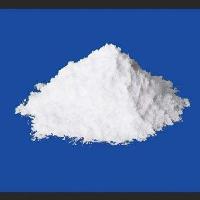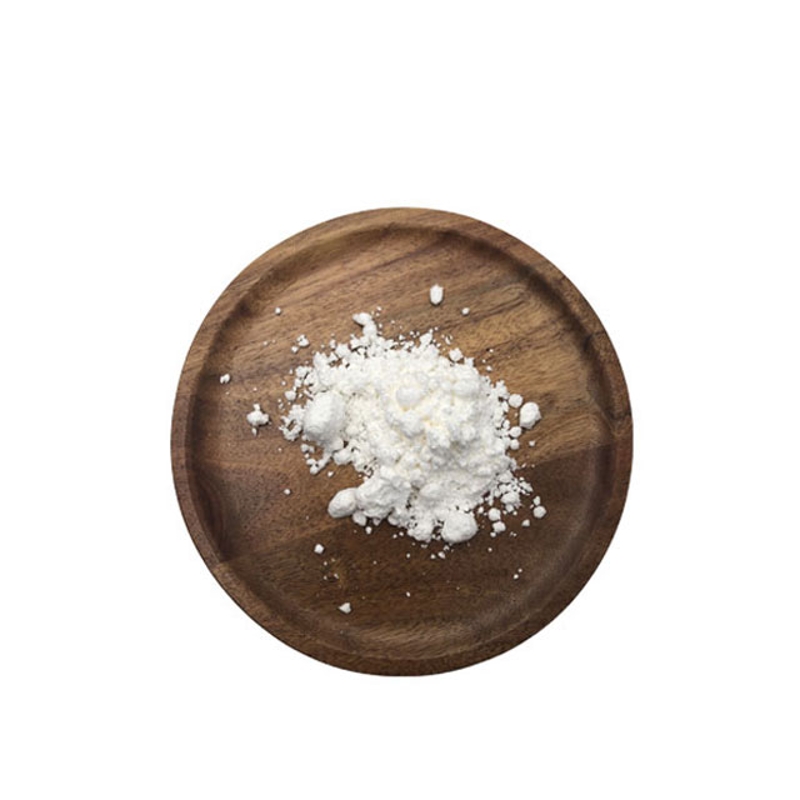-
Categories
-
Pharmaceutical Intermediates
-
Active Pharmaceutical Ingredients
-
Food Additives
- Industrial Coatings
- Agrochemicals
- Dyes and Pigments
- Surfactant
- Flavors and Fragrances
- Chemical Reagents
- Catalyst and Auxiliary
- Natural Products
- Inorganic Chemistry
-
Organic Chemistry
-
Biochemical Engineering
- Analytical Chemistry
-
Cosmetic Ingredient
- Water Treatment Chemical
-
Pharmaceutical Intermediates
Promotion
ECHEMI Mall
Wholesale
Weekly Price
Exhibition
News
-
Trade Service
Responsible editor | Synovial Sarcoma (Synovial Sarcoma) is a malignant soft tissue tumor that occurs frequently in adolescence.
It is caused by t(X;18) (p11;q11) chromosome translocation, which is manifested by the SS18 gene and X chromosome on chromosome 18 Synovial sarcoma breakpoint gene SSX is fused to form a new SS18-SSX gene [1,2].
SWI/SNF complex-mediated ATP-dependent chromatin remodeling process is an important way to regulate gene expression.
Previous studies have shown that mutations in this complex are related to tumor formation.
Therefore, SWI/SNF has received widespread attention as a cancer treatment target.
The SWI/SNF complex contains three members-CBAF, PBAF and GBAF (ncBAF) [3].
SS18 is a component of the SWI/SNF complex and is present in CBAF and GBAF.
Previous studies have shown that SS18-SSX competes with wild-type SS18 in synovial sarcoma, which affects the involvement of the tumor suppressor gene SMARCB1 protein in CBAF and leads to its degradation.
This CBAF complex containing SS18-SSX is involved in oncogene expression.
Eventually lead to tumor occurrence [4].
Several recent research reports have shown that targeting GBAF-specific component BRD9 can inhibit the activity of synovial sarcoma cells [5,6].
However, whether SS18-SSX binds to GBAF and participates in the formation of cancer is not yet clear.
On June 2, 2021, the Kevin B.
Jones team of the Huntsman Cancer Research Center at the University of Utah and the Bradley R.
Cairns team (Dr.
Li Jinxiu as the first author) jointly published an article A role for SMARCB1 in synovial sarcomagenesis reveals that SS18 on Cancer Discovery -SSX induces canonical BAF destruction, using mouse models to reveal that SS18-SSX and SMARCCB1 proteins co-exist in the CABF complex and the combination of SS18-SSX leads to the degradation of CBAF, which leads to an increase in the proportion of PBAF and GBAF in synovial sarcoma cells.
Diseases provide new ideas.
This study established a mouse synovial sarcoma model by specifically expressing the human SS18-SSX gene in the legs of mice, and established a mouse model of conditionally knocking out the SMARCB1 gene, and through pathological sections, RNA-seq and ChIP- seq proved that the tumors formed by conditionally knocked out SMARCB1 mice are different from the synovial sarcoma caused by SS18-SSX in both pathological angle and gene expression pattern.
When SS18-SSX is expressed in conditionally knocked out SMARCB1 mice, it will lead to more malignant tumors and more prone to lung metastasis, indicating that SMARCB1 plays a decisive role in the occurrence of synovial sarcoma cancer.
Then they performed IP with gradient density centrifugation in synovial sarcoma cell line and the method of recombinant expression of CBAF complex in vitro proved that SS18-SSX and SMARCCB1 exist in the CBAF complex at the same time, and further proved that SMARCB1 exists in the CBAF complex of SS18-SSX.
It plays a role in the Chinese medicine, thereby affecting the occurrence of synovial sarcoma cancer.
CBAF is the most abundant complex in SWI/SNF, but the study found that compared with other cancer cell lines, synovial sarcoma cell lines and mouse synovial sarcoma tissues have a lower proportion of CBAF complexes.
PBAF and GBAF are the main SWIs.
/SNF complex exists.
Further studies have found that overexpression of SS18-SSX in vitro leads to down-regulation of CBAF-related proteins, while inhibiting the expression of SS18-SSX in synovial sarcoma cell lines can restore CBAF-specific protein levels, proving that SS18-SSX binding leads to degradation of CBAF complexes.
This study explains the formation mechanism of synovial sarcoma and provides a new direction for the treatment of the disease.
Original link: https://cancerdiscovery.
aacrjournals.
org/content/early/2021/05/20/2159-8290.
CD-20-1219 Platemaker: Eleven References 1.
Clark, J.
, et al.
, Identification of novel genes, SYT and SSX, involved in the t(X;18)(p11.
2;q11.
2) translocation found in human synovial sarcoma.
Nature Genetics, 1994.
7(4): p.
502-508.
2.
Skytting, B.
, et al.
, A Novel Fusion Gene, SYT-SSX4, in Synovial Sarcoma.
JNCI: Journal of the National Cancer Institute, 1999.
91(11): p.
974-975.
3.
Mashtalir, N.
, et al.
, Modular Organization and Assembly of SWI/SNF Family Chromatin Remodeling Complexes.
Cell, 2018.
175(5): p.
1272-1288 e20.
4.
Kadoch, C.
and GR Crabtree, Reversible disruption of mSWI/SNF (BAF ) complexes by the SS18-SSX oncogenic fusion in synovial sarcoma.
Cell, 2013.
153(1): p.
71-85.
5.
Brien, GL, et al.
,Targeted degradation of BRD9 reverses oncogenic gene expression in synovial sarcoma.
eLife, 2018.
7.
6.
Michel, BC, et al.
, A non-canonical SWI/SNF complex is a synthetic lethal target in cancers driven by BAF complex perturbation.
Nature Cell Biology , 2018.
20(12): p.
1410-1420.
Reprinting instructions [Non-original articles] The copyright of this article belongs to the author of the article.
Personal forwarding and sharing are welcome.
Reprinting is prohibited without permission.
The author has all legal rights and offenders must be investigated.







